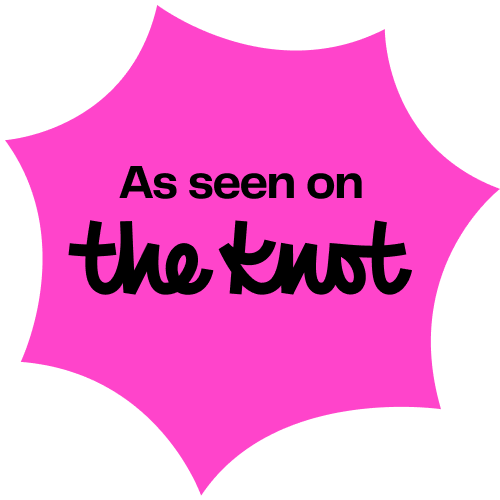15 Secrets of Courtroom Artists ( THEY DO WEDDINGS)
by Jake Rosen October 12, 2018
Link to article
http://mentalfloss.com/article/559361/secrets-courtroom-sketch-artists
 |
| www.illustratedcourtship.com |
After aviator Charles Lindbergh’s infant son was kidnapped and found dead in 1932, perpetrator Bruno Hauptmann was brought to justice—and cameras followed. So many lit up the courtroom during Hauptmann's trial and eventual conviction that the American Bar Association successfully lobbied to ban photographers from proceedings due to the distraction. Some 30 years later, during the trial of Lee Harvey Oswald’s killer, Jack Ruby, CBS found a solution. They hired illustrator Howard Brodie to capture Ruby’s expressions.
The rest is history, most of it rendered in charcoal and watercolor. Courtroom sketch artists go where cameras cannot, recording the often-tense atmospheres of high-profile judicial cases featuring the likes of Charles Manson, Bernie Madoff, and Michael Jackson. On tight deadlines, these artists use their craft to communicate the emotions of a
1. THEY HAVE TO DRAW AROUND OBSTACLES.
Imagine sitting down to sketch a friend and finding that someone has placed a column, screen, or body directly in your field of vision. Now imagine that if you can’t capture this person’s likeness, you don’t get paid. That’s the most common problem faced by courtroom sketch artists, who frequently have to navigate around obstacles in order to get a glimpse of their subject—often the defendant, attorney, or judge. “You generally have to wait for someone to lean over,” says Elizabeth Williams, an artist based in New York who works for CNBC and the Associated Press, among others. (Most artists are hired by the larger news outlets.) “Fortunately, people aren’t potted plants, and they do move.” If they don’t, Williams will move around the courtroom herself, trying to secure a better vantage point. During pleas and sentencing—and depending on the judge—she might be allowed to sit with other reporters in the jury box.
6. THEY SELL THEIR WORK TO ATTORNEYS.

COURTESY OF ELIZABETH WILLIAMS
Like big game hunters, lawyers enjoy a trophy. Some attorneys in high-profile case will approach Williams asking to purchase a sketch that she rendered. “I’ve sold my work to a number of attorneys,” she says. “Generally speaking, they only want it when they win.” Behringer says that some attorneys fresh out of law school will specifically request she come into court to sketch them. “I guess it might be to show parents you’ve finished law school.”
The Library of Congress even has a collection of 96 courtroom drawings from famous trials, with illustrations by Williams among them. They were purchased with funds from the noted L.A. laywer Thomas V. Girardi, best known for working on the California environmental contamination case involving Erin Brockovich.
15. THEY DO WEDDINGS.

COURTESY OF ELIZABETH WILLIAMS
The nature of the court sketch business has changed over the years as some federal courts are becoming more lenient with the presence of cameras. (While cameras are typically not allowed in federal trial courts, there have been certain exceptions, experiments, and pilot projects to allow cameras; state rules vary.) Experienced artists still find work, but it’s a good idea to have some alternative methods of income. Williams books her services as a sketch artist for weddings on weekends, when court isn’t in session. “People are always getting married, but you can’t always count on ‘El Chapo’ getting arrested,” she says. “You have to do other things.” Williams approaches nuptials in much the same way as a trial. “I’ll meet with a client and go over the key moments.” Instead of closing arguments, it might be the first dance as a married couple.
The biggest difference? “It’s so nice to be around people who are so happy and just beginning their lives, as opposed to people going to, you know, prison.”
For more information on wedding illustrations
www.illustratedcourtship.com


